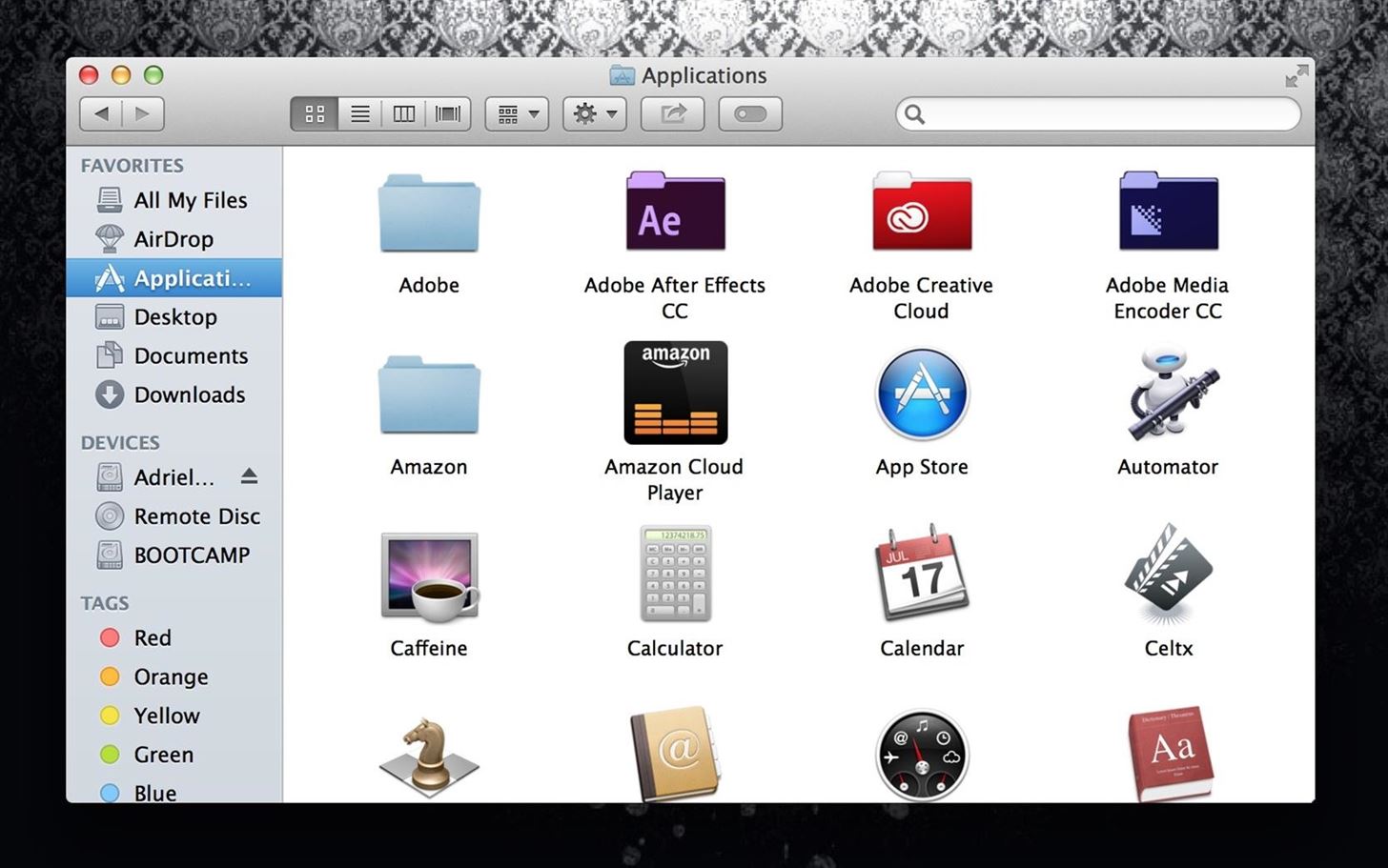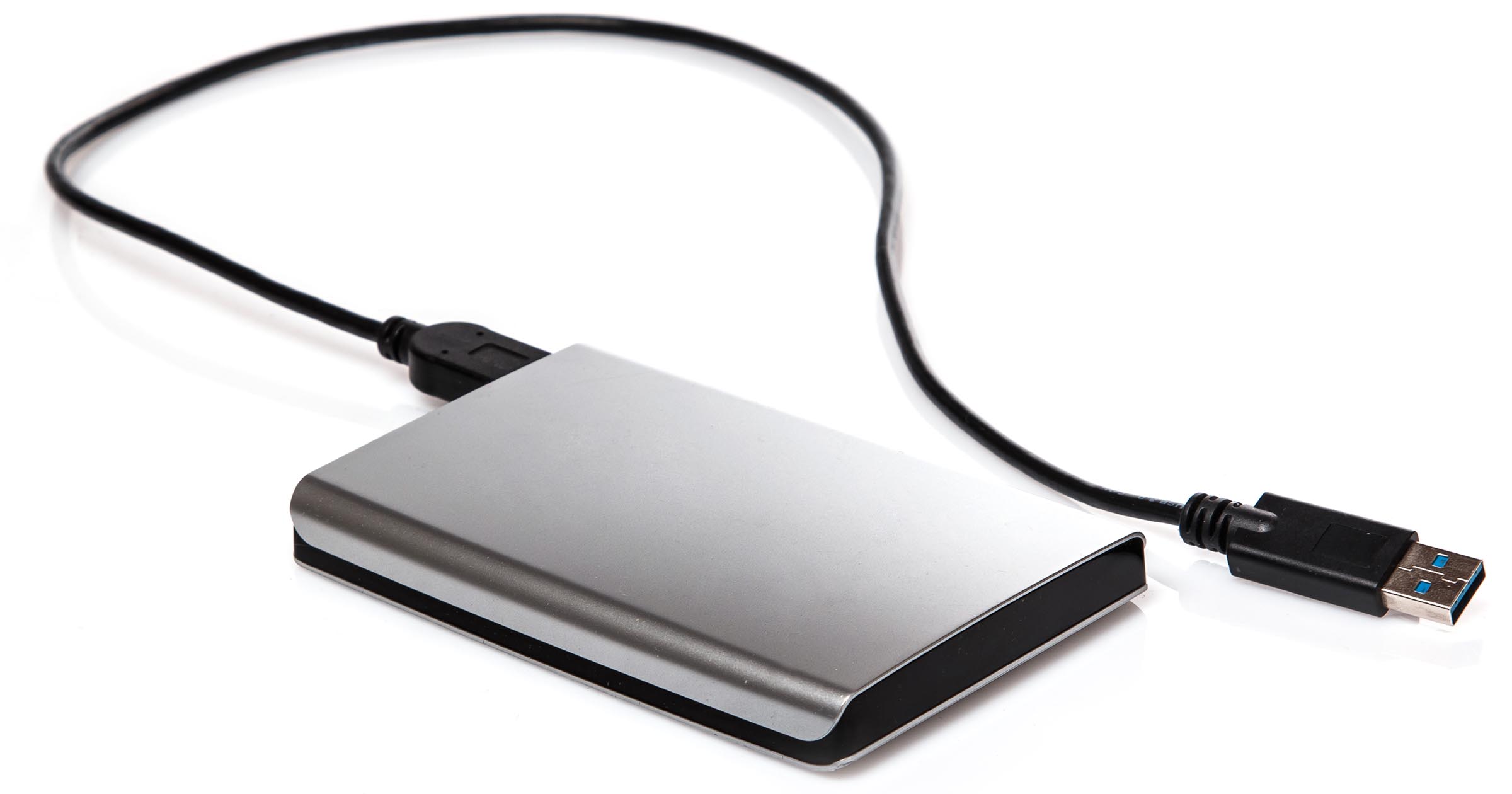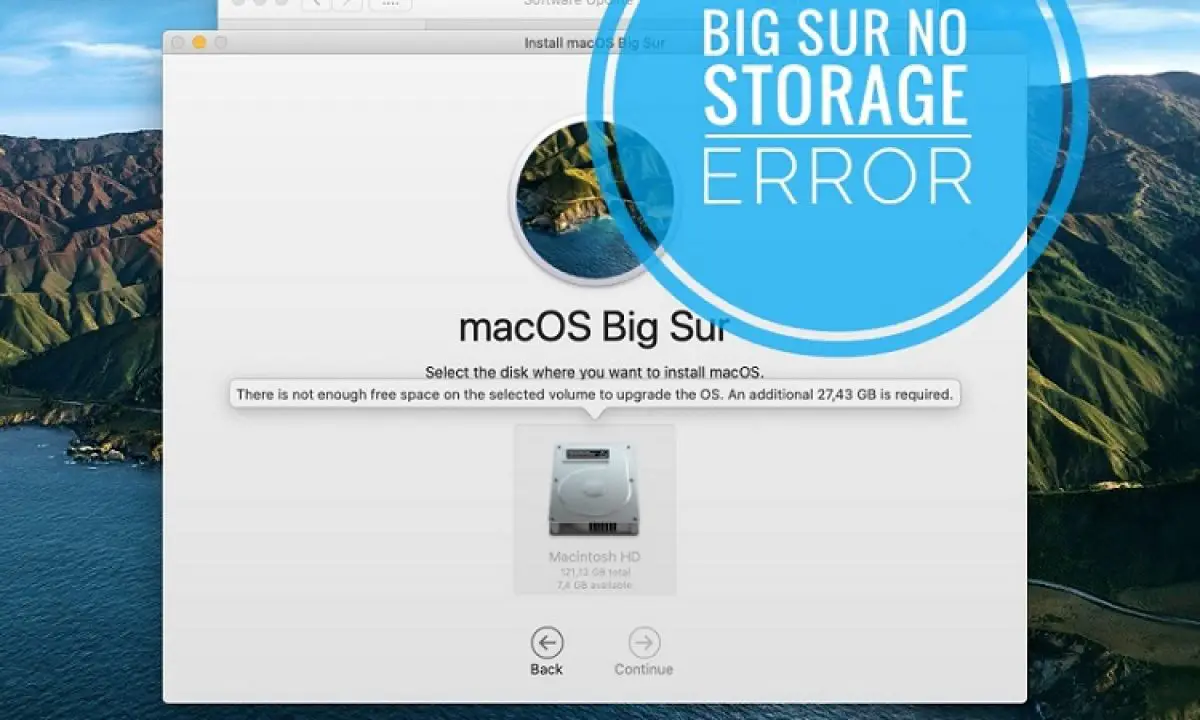

- #Use an external drive for extra storage on a mac install#
- #Use an external drive for extra storage on a mac upgrade#
- #Use an external drive for extra storage on a mac pro#
- #Use an external drive for extra storage on a mac software#
But thanks to the USB-C interface on the new Mac Mini, an external SSD drive is now a good option.
#Use an external drive for extra storage on a mac upgrade#
Unlike previous models, you cannot upgrade the internal hard drive. Follow the prompts in the app, including checking boxes to indicate you have a current Time Machine backup.The hard drives in the new 2018 Mac mini are PCIe which means they are very fast, but also expensive. You'll find the Pear Installer application on the drive - open it. Open Finder, and select the TarDisk drive.

Insert the TarDisk into your MacBook's SD reader. With the prep work out of the way, you're 95 percent done and all that's left to do is pair the TarDisk. If the utility finds errors on the disk, click Repair Disk and repeat the steps until there are no errors found. Select your hard drive and click on First Aid or Verify. You can find it in Applications > Utilities. Log in to your user account, then quit all open programs. If the command prompt states your volume "appears to be OK," type "reboot" and press Enter. Finally, enter that command again and let it run. When the command prompt shows up, enter " fsck -fy" without the quotes and press Enter. Once lines of text begin scrolling across the screen, release the two keys. You can do this by booting into single-user mode by holding in Command-S as your MacBook powers on.

Then you'll need to verify that your current hard drive is working properly. You'll also need to disconnect and remove any external hard drives or USB flash storage currently connected to your MacBook. Prep work includes creating a Time Machine backup, disabling FileVault and disabling any antivirus applications. Complete instructions can be found on the TarDisk website here, or on the instruction sheet included with your TarDisk. You'll need to complete some prep work before you pair TarDisk to your Mac. Otherwise, you can always use an SD card reader. Since TarDisk sits flush in the SD card slot - perhaps even a bit inside - installing it feels a bit permanent, so if you use the SD card slot often, this might not be the best solution for you.

#Use an external drive for extra storage on a mac software#
Naturally, when you're using software to alter the way OS X interacts with storage drives, there's going to be a few things you'll need to be aware of: You don't have to worry about where a file is stored, or remember which drive to you created a folder on - it's all the same. So if your MacBook has 128GB of onboard SSD storage and you add the 256 GB TarDisk, OS X will combine the two into one 384GB hard drive. Meaning, your Mac will treat TarDisk as additional onboard storage. The other option - and the reason you pay so much for TarDisk - is to "Pear" the card with your Mac's internal drive. OS X views TarDisk as any other external storage volume, where you can store files or even use it as a Time Machine Backup destination. When you first slide a TarDisk into the SD reader on a MacBook, it's treated just like any other SD card. It's one of the more expensive storage solutions you'll find when searching, but you're also paying for the Pear software that comes with TarDisk.
#Use an external drive for extra storage on a mac pro#
TarDisk is available for the MacBook Air, MacBook Pro with Retina display, and older MacBook Pros. Once the setup is complete, TarDisk acts just like onboard storage.
#Use an external drive for extra storage on a mac install#
You pop it into your Mac's SD card slot, install some software and you're set. TarDisk is a small, SD card-like device that expands the storage of your MacBook. When the hard drive on your MacBook is getting full, you have a few options: You can purchase an external hard drive and offload low-priority files to it pick up an inexpensive USB drive or take on the task or replacing internal storage yourself.


 0 kommentar(er)
0 kommentar(er)
